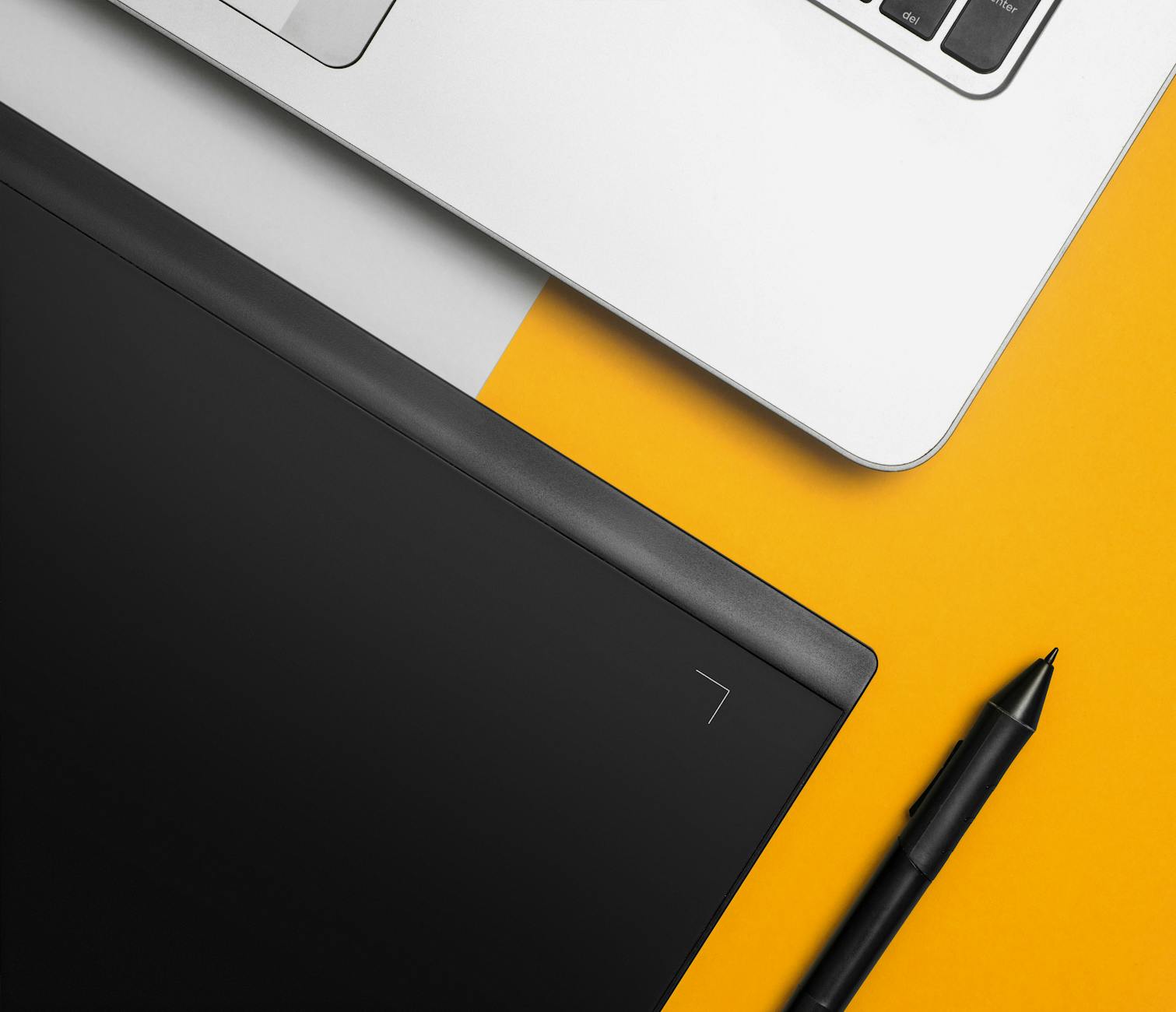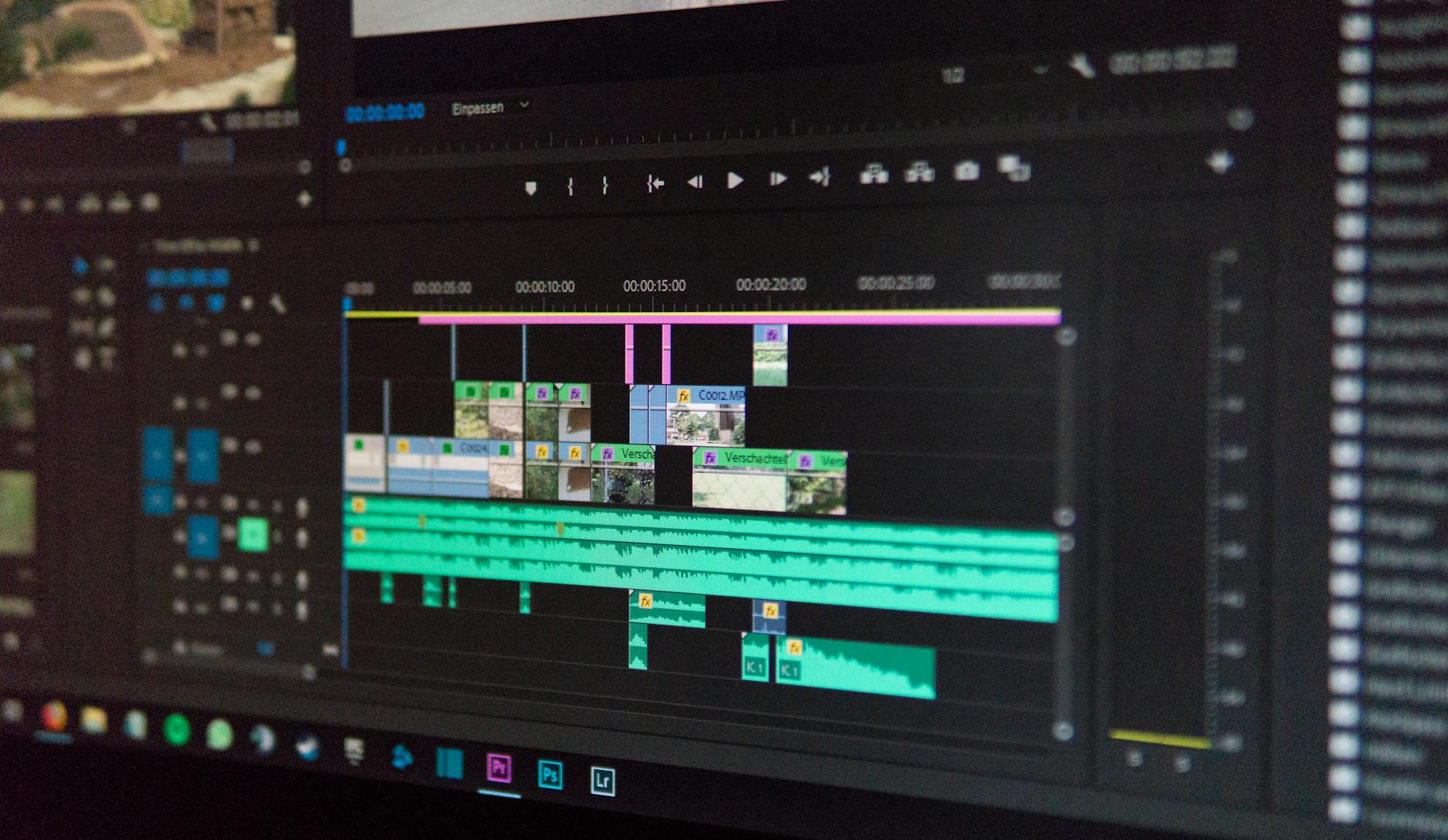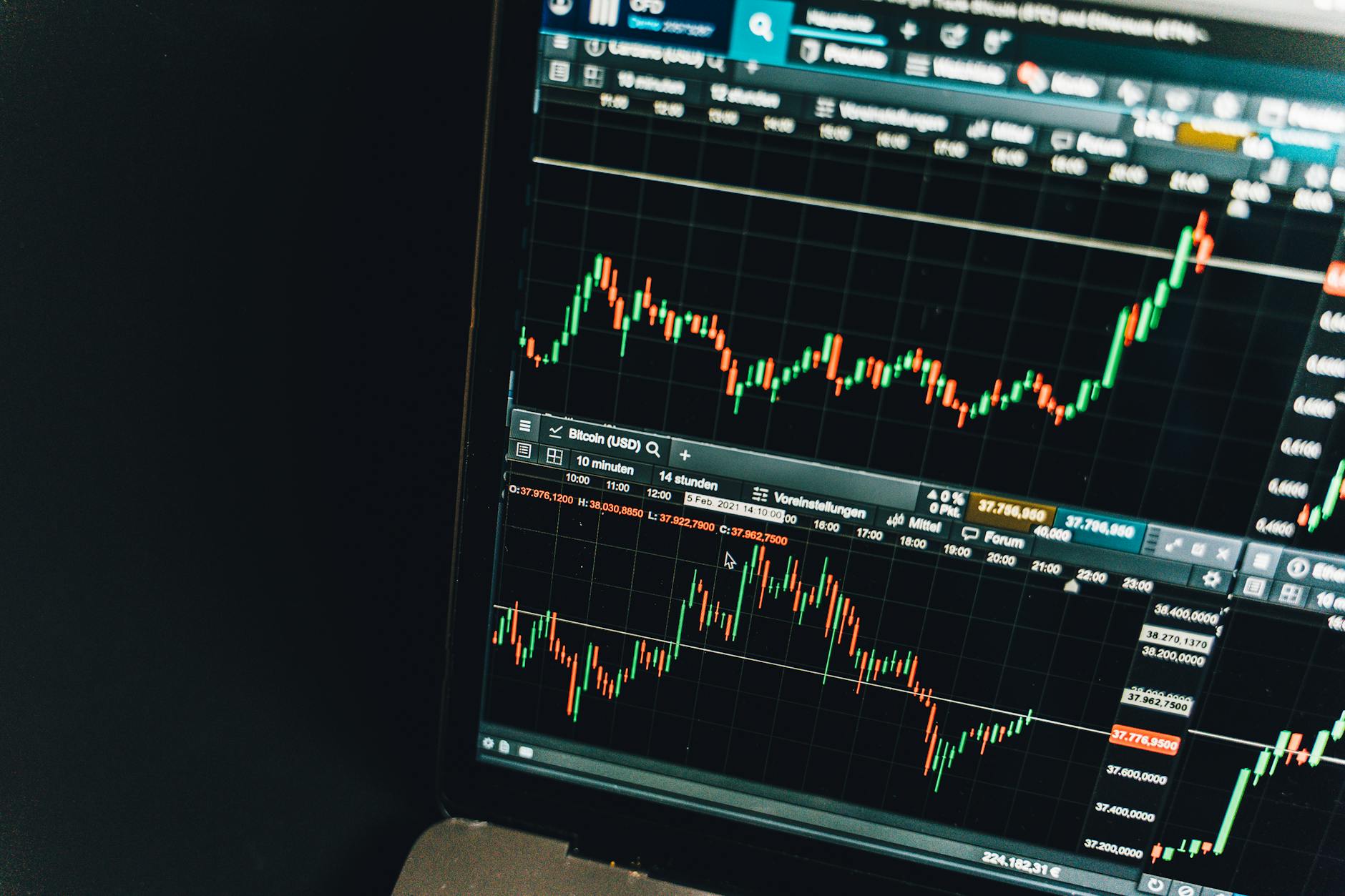Are Australia's Young Professionals Maximizing the Potential of Modern Recording Equipment?

Exploring Modern Equipment
Key Features of Modern Recording Tools
In the vibrant landscape of today's music technology, recording tools have evolved dramatically. For those of us deeply entrenched in the creative sector, these advancements present opportunities to enrich our audio experiences. Key features often include superior sound quality facilitated by high-fidelity recording microphone solutions, and seamless integration with digital platforms. This up-to-date equipment often blends sophisticated designs with user-friendly interfaces, making it ideal for educational settings.
Differences from Traditional Setups
Modern recording equipment sets itself apart from traditional setups primarily due to its efficiency and compactness. In contrast to the bulky equipment of the past, today's tech is designed for swift installation and easy portability, perfect for dynamic classroom environments. High-quality acoustic panels also contribute to enhanced sound absorption, minimizing noise interference. This enables clear and precise audio capture, which is pivotal in teaching environments where sound clarity is key.
Benefits for Music Education
Integrating modern recording tools in education creates an engaging and interactive experience for both teachers and students. The equipment allows students to experiment and explore sound, promoting creativity and self-expression. With advanced recording setups, educators can facilitate hands-on learning in ways that traditional tools may not support. It's akin to the orchestrative magic experienced at the Sydney Opera House, where every note resonates with clarity and purpose.
By embracing these creative solutions, educators can transform the way music is taught, offering richer experiences that prepare students for the future of audio production.
Leveraging Tools in Education
Integrating Recording Tools with Curriculum
Incorporating modern audio equipment into the classroom can revolutionize how students experience music education. By seamlessly blending technology with traditional instruction, educators can create immersive learning experiences. At the core of this integration is adapting existing lesson plans to include practical exercises that teach students how to use recording tools. This approach can help students grasp complex musical concepts more effectively. For example, initiating hands-on sessions where students learn to set up and operate recording devices can enhance their technical skills and deepen their understanding of music production.
Promoting Student Engagement
To captivate students' attention and foster a more interactive learning environment, leveraging recording tools is key. Students gain a sense of ownership over their projects when they actively participate in creating music. This can lead to increased engagement and motivation. By encouraging students to collaborate on recording assignments, such as producing a classroom podcast or digital music album, you’re not just teaching them music but also collaboration and problem-solving skills. Remember, combining technology with creativity can open doors to uncharted territories of learning.
Encouraging Creative Projects
Creative projects inspired by legendary venues like the Sydney Opera House can spark a desire in students to explore new musical avenues. Organize projects where students compose original pieces, record them, and then present their creations to the class. This not only builds confidence but also nurtures their creative expression by translating abstract ideas into concrete audio experiences. Through these projects, students not only produce music but also learn about sound engineering, editing, and the intricacies involved in creating high-quality audio outputs.
By integrating recording tools into education, students can appreciate the synergy between technology and creativity, ultimately enriching their musical journey.
Overcoming Common Challenges
Navigating Budget Constraints
For many educators, navigating budget constraints while providing high-quality learning experiences can be daunting. Solutions often involve creative problem-solving, like utilising workshops and shared resources within the school community. Collaborate with colleagues to pool resources, and consider bulk buying when you're sourcing essentials like av cables. There is remarkable potential in exploring grants and funding specifically dedicated to advancing technology in educational settings. By working together, we can transform these budgetary obstacles into opportunities for innovation in the classroom.
Adapting to Technological Changes
In Brisbane's ever-evolving educational landscape, keeping pace with technological advancements is essential. Jake finds that frequent engagement with industry events, including those at the dynamic tech hub in Pyrmont, keeps him up-to-date. Establishing a network with fellow educators can lead to discoveries of cutting-edge tools that enhance music education. Joining forums and attending webinars allow teachers to exchange insights and discover the best ways to integrate new technologies seamlessly into their classrooms.
Ensuring Accessibility for All Students
Accessibility is a core concern for educators who aim to cultivate an inclusive learning environment. Every student should have access to technology that aids their learning journey. Striking a balance between premium and cost-effective solutions is crucial. Recognising that not every school boasts the resources of creative spaces in Chippendale, educators can seek partnerships to share equipment or trial new technologies before committing. This strategy ensures that all students, regardless of their background, benefit equally from technological advancements in education.
Best Practices for Educators
Selecting the Right Equipment for Classrooms
As educators, selecting the right technology is a vital step toward crafting an engaging learning environment. I'm often inspired by the creative energy found in places like the Sydney Opera House for creative orchestration, which reminds me of how crucial thoughtful equipment selection is. When it comes to enhancing a music classroom, integrating innovative tools like data projectors can transform lessons into dynamic visual experiences. These projectors offer a creative solution for displaying sheet music or interactive tutorials, making abstract musical concepts more tangible for students.
Developing Teacher Training Programs
Ensuring teachers are well-equipped to leverage modern technology is another key concern. We can foster this through comprehensive training programs. Discussion-based workshops and hands-on sessions can empower educators in the same way as the interactive spaces found at Pyrmont’s dynamic tech hub. By collaborating and sharing experiences, teachers learn how to apply technology effectively in their curriculum, enhancing their confidence and proficiency in the classroom.
Building a Supportive Learning Environment
Creating a supportive learning atmosphere is essential, especially in shaping future creatives. Drawing inspiration from the creative spaces in Chippendale, educators can foster environments where students feel encouraged to express themselves. This involves not only providing the necessary tools and resources but also promoting an open dialogue where students feel free to explore their creativity. Supporting each student's unique journey paves the way for a more enriched and connected classroom experience.
Frequently Asked Questions
Selecting Student-Friendly Equipment
Choosing student-friendly equipment requires a focus on user accessibility and creativity enhancement. Look for tools that are intuitive and require minimal setup, much like the seamless experience of capturing the iconic Sydney skyline as it changes throughout the day from a vantage point near the Sydney Opera House for creative orchestration. Prioritise devices that come with user-friendly interfaces, perhaps mirroring the simplicity of smartphone apps. Such designs are not only familiar but also empower students to explore their creativity without technical hindrances.
Affordable Options for Education
In the quest to find budget-friendly options for music education, it can be beneficial to consider tools that offer multifunctionality. For instance, investing in a versatile digital audio workstation (DAW) can provide students with a platform to both compose and edit music. Exploring resources from places like the dynamic tech hub at Pyrmont can yield insights into innovative, cost-effective alternatives, ensuring you don't compromise on quality while staying within budget constraints.
Initiating with Limited Resources
Embarking on a creative educational journey with limited resources can be daunting but is entirely possible with strategic planning. Consider using free software or trial versions that replicate professional environments, much like how creatives in the artistic hubs of Chippendale utilise pop-up spaces to kickstart projects. Leverage online tutorials and community forums to build a foundational understanding, fostering a spirit of self-learning and peer collaboration among students. This method encourages an environment that thrives even with minimal resources, stimulating innovation and a more profound connection to the creative process.


